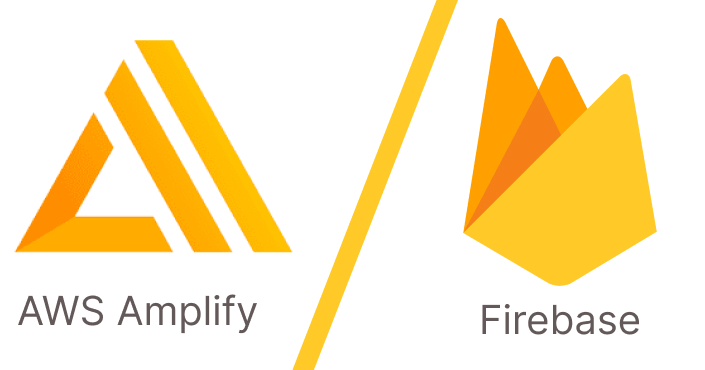Best NodeJs framework to watchout for in 2024
Rohit Raut
31, October 2024
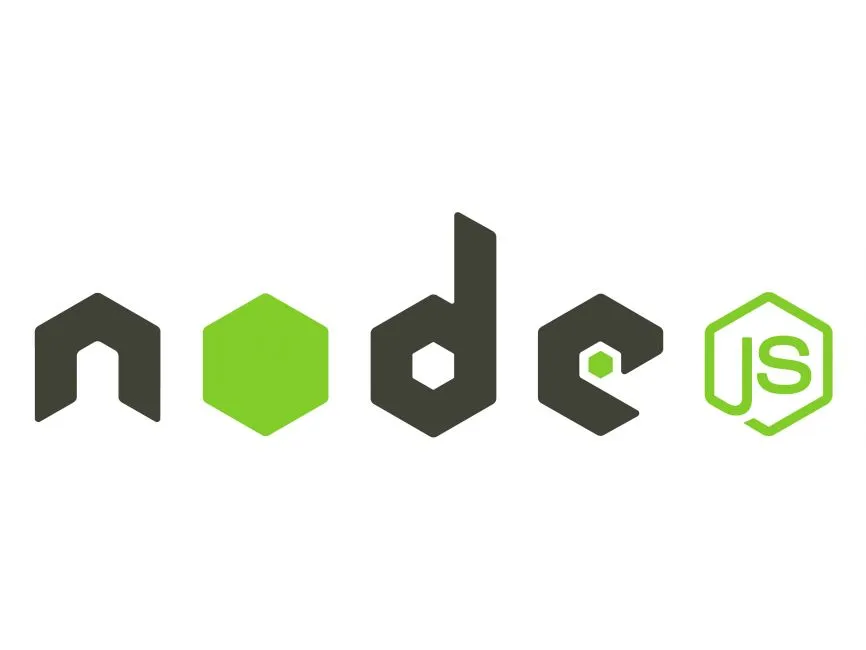
What is NodeJs?
Node.Js is a cross-platform, open-source javaScript runtime environment that can run on Windows, Linux, MacOS and more. Node.js runs on the v8 JavaScript engine, and executes JavaScript code outside a web browser. JavaScript is the only language that Node.js supports natively, but many compile-to-JS languages are available. As a result, Node.js applications can be written in CoffeeScript, Dart, TypeScript and many more. Following are the some Node.Js frameworks for backend development in 2024.
A. Express.Js
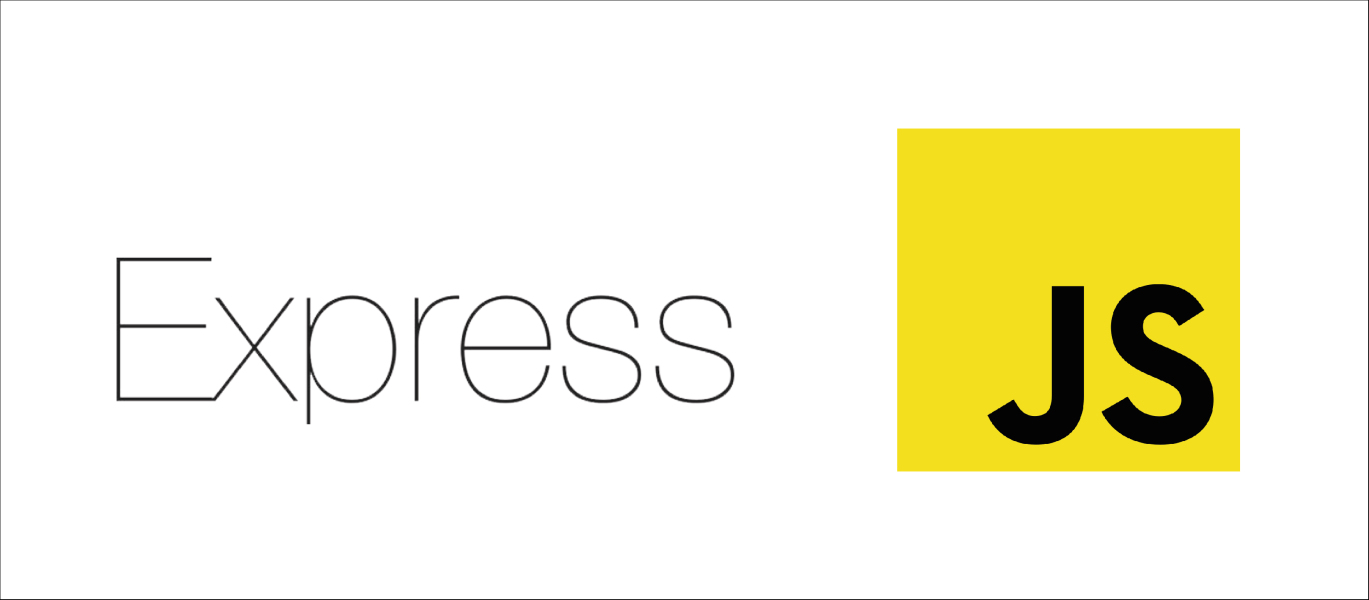
Express is the most popular and minimalist Node.JS framework. It is designed to simplify the backend application development with vigorous set of features such as routing, error handling middleware and so on. It also allows reusing the code to process data in web applications storing user sessions, managing cookie files and handling the payload. Without a framework, Node.js requires you to rewrite a lot from the scratch. You can connect the backend code to browser and store certain files directly within it of which Express.Js is a top choice for dynamic content. It quickly responds to user’s requests, uploads text, images and other content on the page.
Advantages
- Works well in both static and dynamic pages.
- Middleware support for adding additional features.
- Minimal and easy to use.
- Easily integrates with databases.
- Has rich open-source ecosystem.
- Lightweight and fast.
B. Nest.Js
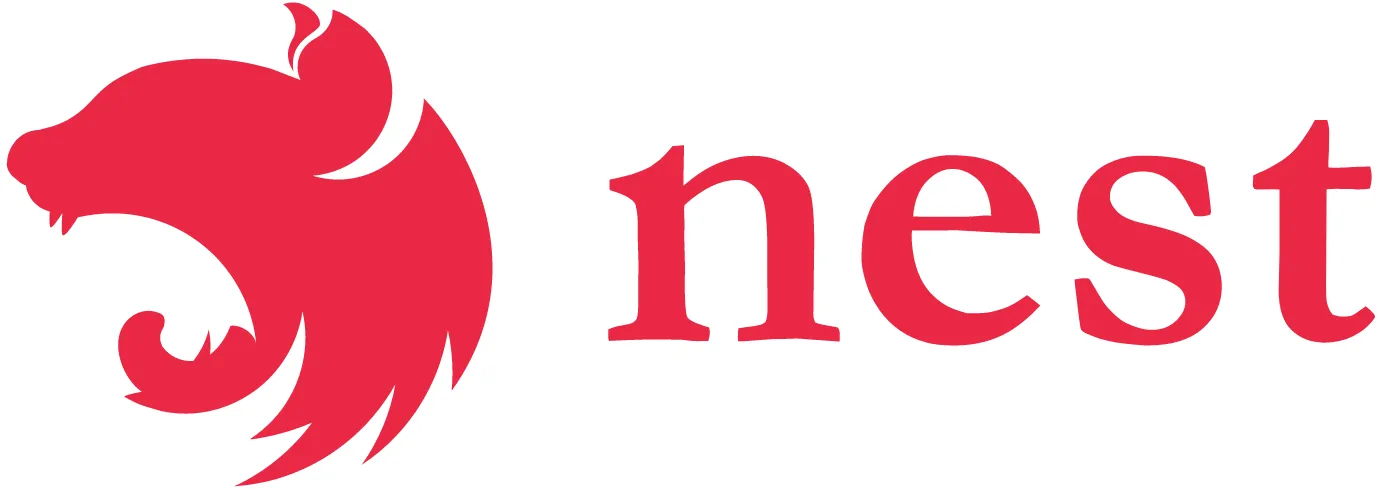
Nest.Js is a framework that is hugely inspired by angular that is used to build server-side applications using TypeScript and javaScript . NestJS follows a modular architecture allowing developers to create more complex applications by organizing components into separate, independent modules ensuring maintainability and reusability across various parts of the application.
Advantages
-
Fast performance.
-
Easy to learn; if you have used angular or express before.
-
Supports TypeScript while allowing developers to code in JavaScript.
-
Built-In support for microservices and GraphQL.
C. Koa.Js
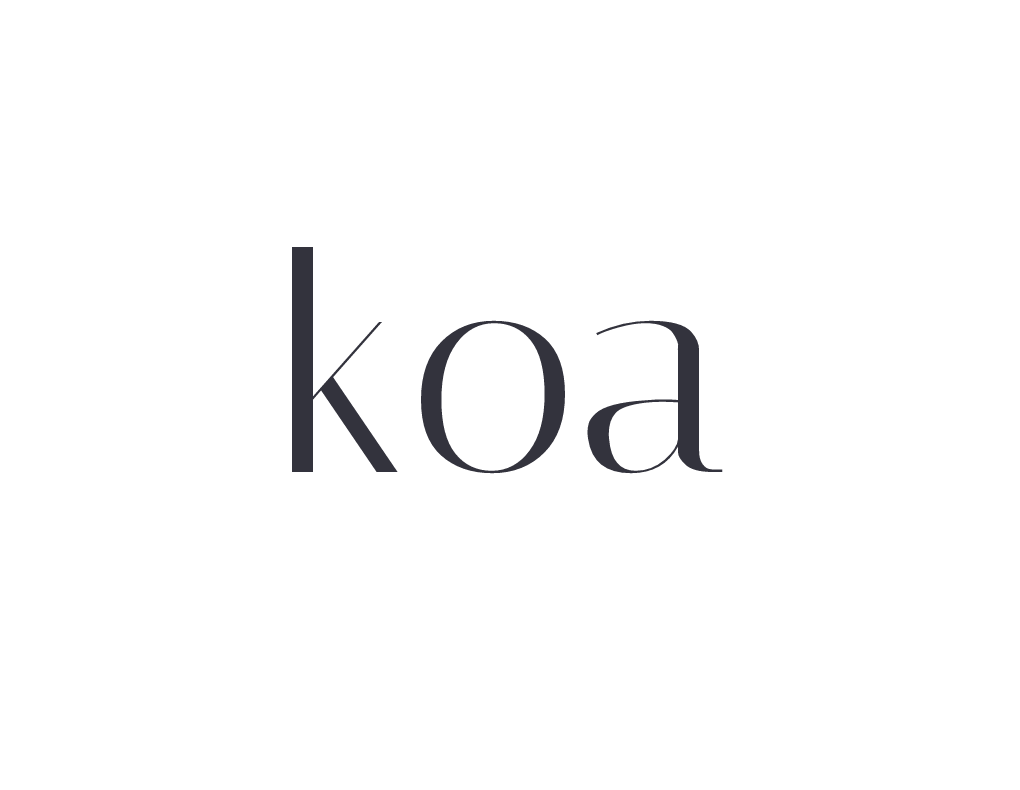
Koa is a lightweight and flexible framework for Node.Js. It is created by the same team of Express to simplify the asynchronous programming. It uses features of JavaScript like async/await for cleaner syntax and to provide minimalistic approach that allows developer to build API and web application. Koa.Js focuses on enhancing error handling and performance.
Advantages
- Is better at error handling and has cleaner syntax.
- Minimalistic and lightweight,
- Many express libraries are translated to koa, so koa developers get benefit from express rich ecosystem.
- Avoids callback chaos .
D. Sails.Js
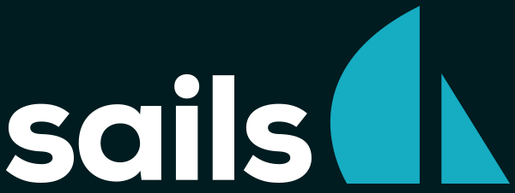
Sails.js is a Model-View- Controller(MVC) framework for Node.js inspired by the framework ruby on rails. It is popular choice of developers for real-time services such as chat applications and data-based applications. And is also popular for small projects.
Advantages
- Supports multiple database simultaneously.
- Blueprint API for RESTful JSON APIs.
- Comes with waterline ORM for database support.
- Supports WebSockets.
E. Meteor.js
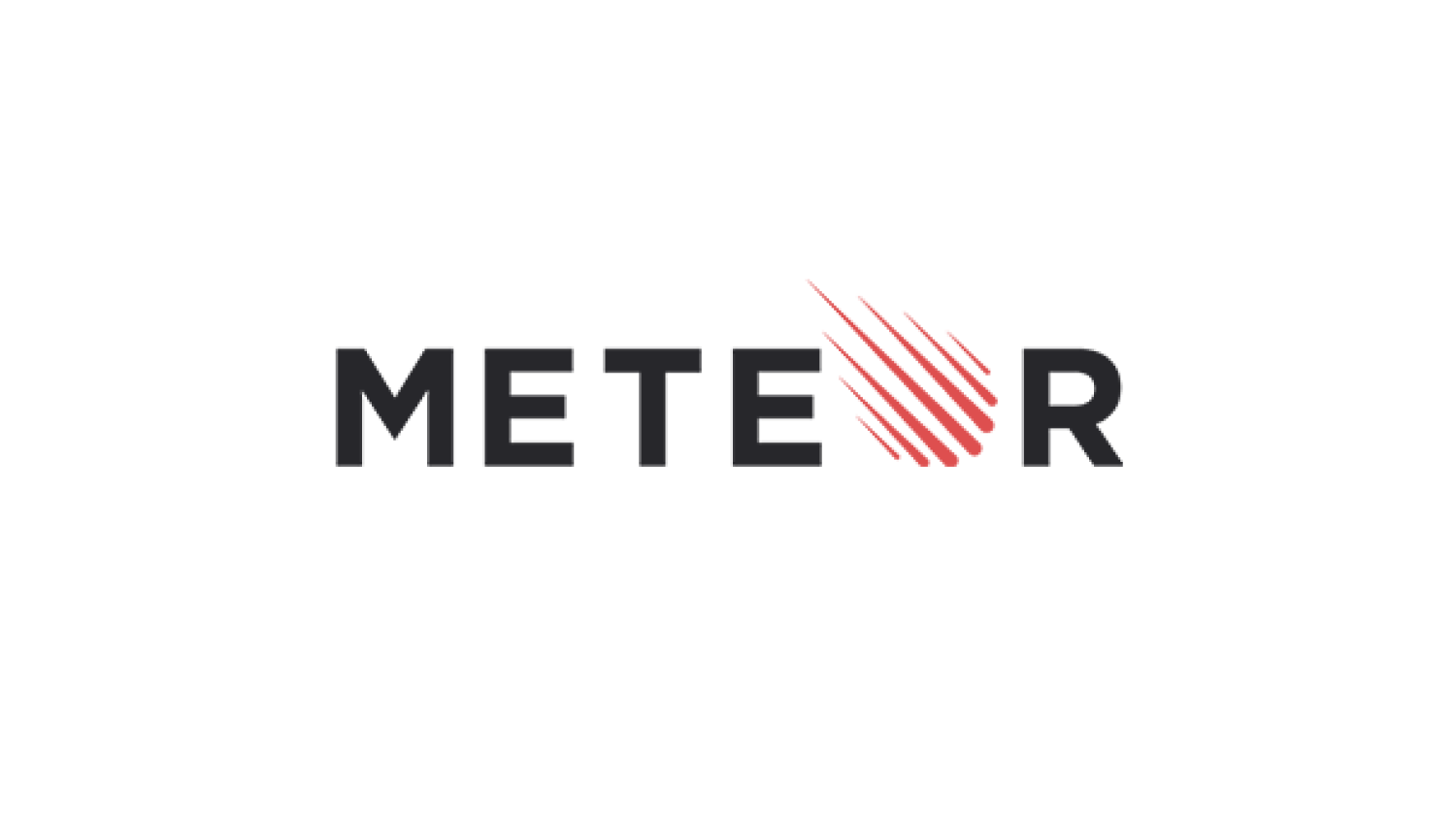
Meteor.Js is an open-source and full stack NodeJS framework build for creating real-time web and mobile applications. It provides an integrated environment that covers both front-end and backend development allowing developers to use JavaScript across the entire stack.
Advantages
- Fast Node.js frame to create prototype.
- Ready to use login and account package.
- Easy development of real-time features.
F. Hapi.js

Hapi.js is a powerful Node.js framework developed by Walmart Labs, designed for building scalable applications and APIs. Hapi.js prioritizes code quality control and verification over extensive functionality. It is ideal for enterprise level applications.
Advantages
- High performance stability and safety.
- Suitable for microservice development.
- Doesn’t require middleware to perform many essential and advance task.
- Highly customizable
